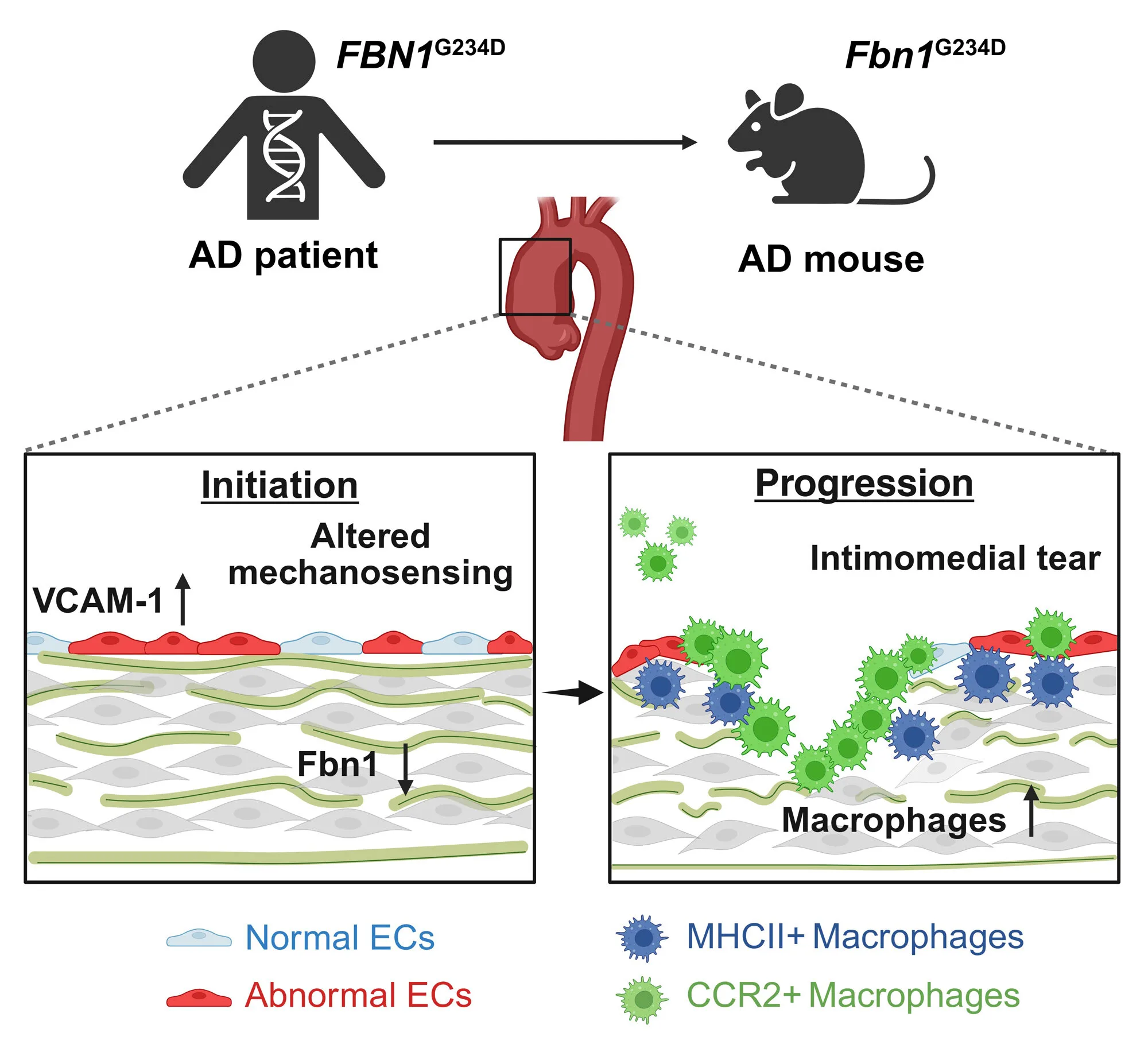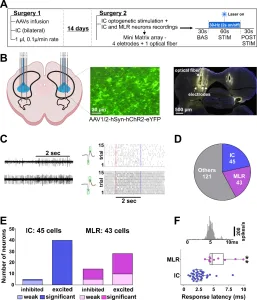Aortic Dissection: A Critical Medical Emergency
Aortic dissection is a severe condition characterized by a tear in the wall of the aorta, the body’s largest artery. This tear allows blood to flow between the layers of the aortic wall, potentially leading to life-threatening complications.
Understanding Aortic Dissection
The aorta is composed of three layers: the intima (inner layer), media (middle layer), and adventitia (outer layer). In aortic dissection, a tear in the intima allows blood to surge into the media, separating the layers and forming a false channel. This can reduce blood flow to vital organs and potentially cause the aorta to rupture.
Causes and Risk Factors
- Hypertension: High blood pressure is a major risk factor.
- Genetic Conditions: Certain genetic disorders like Marfan syndrome and Ehlers-Danlos syndrome weaken the aortic wall.
- Aortic Aneurysm: A pre-existing bulge in the aorta increases the risk of dissection.
- Trauma: Injury to the chest can, in rare cases, lead to aortic dissection.
Symptoms of Aortic Dissection
Symptoms can appear suddenly and intensely. These may include:
- Severe chest or upper back pain, often described as a tearing or ripping sensation.
- Sudden shortness of breath.
- Loss of consciousness.
- Weakness or paralysis on one side of the body.
- Difference in pulse rate or blood pressure between arms.
Diagnosis and Treatment
Prompt diagnosis and treatment are crucial for survival. Diagnostic tests may include:
- CT Scan: Provides detailed images of the aorta.
- MRI: Offers another way to visualize the aorta.
- Echocardiogram: Uses sound waves to create an image of the heart and aorta.
Treatment Options
- Surgery: Involves repairing or replacing the damaged section of the aorta.
- Medications: Aim to lower blood pressure and reduce stress on the aorta.
Final Overview
Aortic dissection is a critical medical emergency requiring immediate attention. Recognizing the symptoms and understanding the risk factors are essential for timely diagnosis and treatment, which can significantly improve outcomes.




+ There are no comments
Add yours